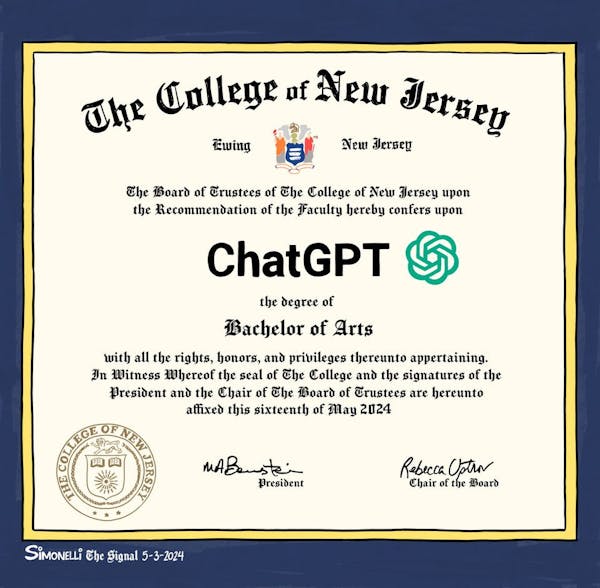By Emmy Liederman
Features Editor
In December 1993, a story documenting a fast-growing computer virus dominated the front page of The Signal. The virus had spread to two computer labs at the College, which caused mass confusion among faculty and students alike.

Today, most technical difficulties at the College are promptly handled by the IT department. Internet access is constantly at our fingertips, and it is hard to imagine that a computer virus would cause such an uproar.
A computer virus named the Form virus has recently infected two of the computer labs at Trenton State College.
"The virus started over in the Crowell Lab when someone put it on their disk," Barton Wendel, manager of Crowell computer lab, said. "The virus was then transferred to the next computer they used."
Three of the computers in both the Humanities lab and the Crowell lab had viruses on them. The computers were checked and the hard drives were cleaned off.
A virus is a program designed to replicate and spread on its own. The Form virus attacks the computer's data files and fragments the information on the disk. The virus copies itself on to the boot sector of a computer's hard or floppy disk.
It will then replace the disk's original boot sector with its own code so that the virus is always loaded into memory before anything else is. Once the virus is in the computer's memory, it can spread to other disks.
When the information is fragmented, the information is shredded and disorganized. As a result, the information is no longer useful.
"If someone comes in with the virus and unknowingly put it on the computer [not the system], it is there until the next day when the virus check finds it," Wendel said. "The better the virus is made, the harder it is to find it. The harder ones to find arc copied into the computer boot sector."
Wendel said that the person who has the virus keeps coming back to Crowell lab.
"The person is probably not aware that they arc carrying the virus," Wendel said.
According to Jeff Kerswill, lab coordinator, the person with the affected disk used it in the library, infecting the Humanities lab. "The original computer software did not detect the virus," Kerswill said. "We put in a newer virus detector and got rid of the virus."




